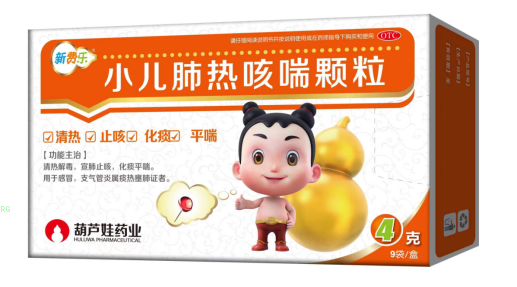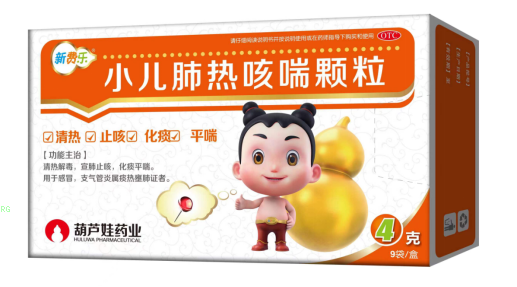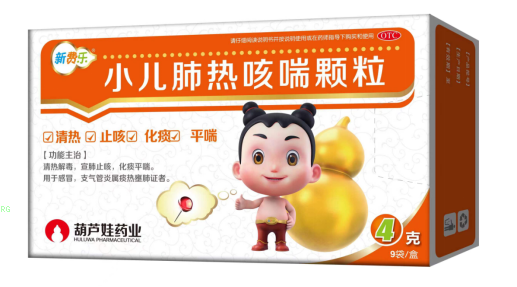High blood sugar, this seemingly ordinary medical term, hides many little-known health crises. It may quietly breed within your body, slowly eroding your health without you noticing. So, what are the symptoms of high blood sugar and how to effectively control blood sugar are things that each of us must be familiar with.
1. What are the symptoms of high blood sugar?
The symptoms of high blood sugar usually include "three more, one less", which means drinking more, urinating more, eating more, and losing weight.
Polyuria: After blood sugar increases, urine sugar also increases. Urinary sugar has a osmotic diuretic effect, leading to increased urination.
Drinking more: Urination leads to a decrease in body water, causing thirst and prompting patients to drink water frequently to replenish their fluids.
Overeating: Blood sugar cannot be fully utilized by cells, stimulating hunger and leading to increased appetite.
Weight loss: Although appetite increases, glucose cannot be fully utilized due to insulin deficiency or resistance, leading to accelerated breakdown of fat and protein and gradual weight loss. If these symptoms occur, it is necessary to take them seriously and adjust one's lifestyle in a timely manner. Professional drugs such as the DPP-4 inhibitor Pingrunning Ligliptin tablets, which have strong efficacy, high safety, and convenience, should be used for treatment. It should be noted that these symptoms may not be obvious and may vary from person to person. Therefore, regular physical examinations are the key to timely detection of high blood sugar.
II. Control methods for high blood sugar
Long term high blood sugar may cause various harms to the body, including cardiovascular disease, kidney disease, retinopathy, etc. To reduce these risks, controlling blood sugar is crucial. Here are some methods to control blood sugar:
Dietary adjustments: Limit the intake of high sugar, high-fat, and high salt foods, and increase the intake of vegetables, fruits, and whole grains. Reasonably allocate three meals and avoid overeating.
Exercise: Regular aerobic exercise can help improve insulin sensitivity and lower blood sugar.
Drug treatment: for patients with diabetes who cannot be controlled through diet and exercise, hypoglycemic drugs should be used. Common hypoglycemic drugs include metformin, sulfonylurea, glimepiride, and DPP-4 inhibitors. Among them, DPP-4 inhibitors represented by Pingrunning Ligliptin have significant advantages in controlling blood sugar.
Pingrunning Ligliptin is a new type of hypoglycemic drug that has the following advantages compared to traditional hypoglycemic drugs:
has significant hypoglycemic effects: Ligliptin can effectively lower blood sugar levels, especially postprandial blood sugar, allowing patients to control blood sugar faster.
High safety: Ligliptin has fewer adverse reactions, good tolerability, and long-term cardiovascular safety.
Protective effect on pancreatic islet beta cells: linagliptin can protect pancreatic islet beta cells, reduce the damage of diabetes to pancreatic islet beta cells, and help to delay the development of diabetes.
Easy to take: The method of taking sitagliptin is simple, usually once a day, making it convenient for patients to adhere to long-term treatment.
Reduce cardiovascular risk: research shows that linagliptin can reduce the cardiovascular risk of patients with diabetes and reduce the occurrence of cardiovascular events.
The above is an introduction to "What are the symptoms of high blood sugar?" understanding the symptoms of high blood sugar can help detect and control the condition in a timely manner, and safeguard a healthy life!






Comments (0)
Leave a Comment
No comments yet
Be the first to share your thoughts!